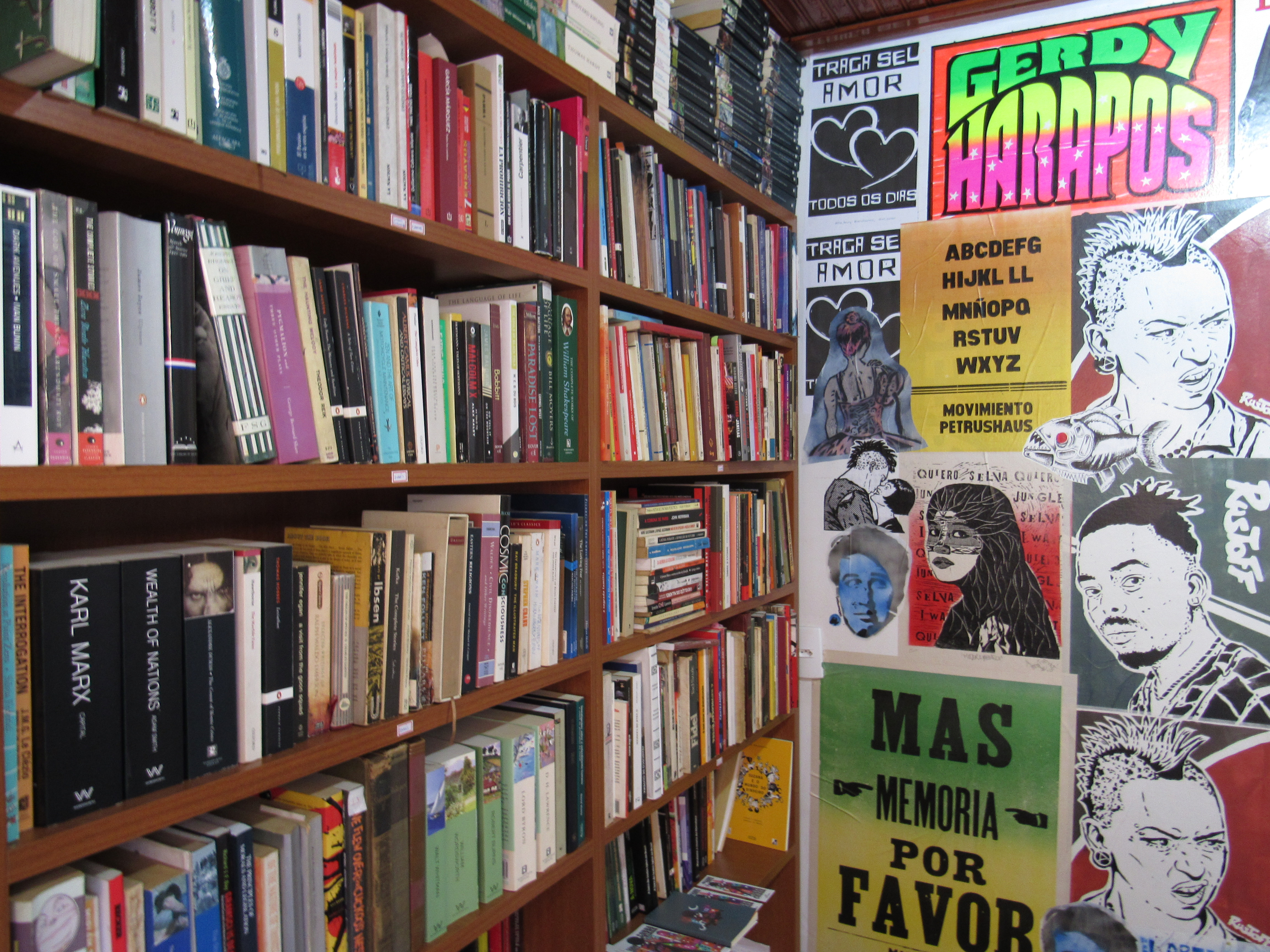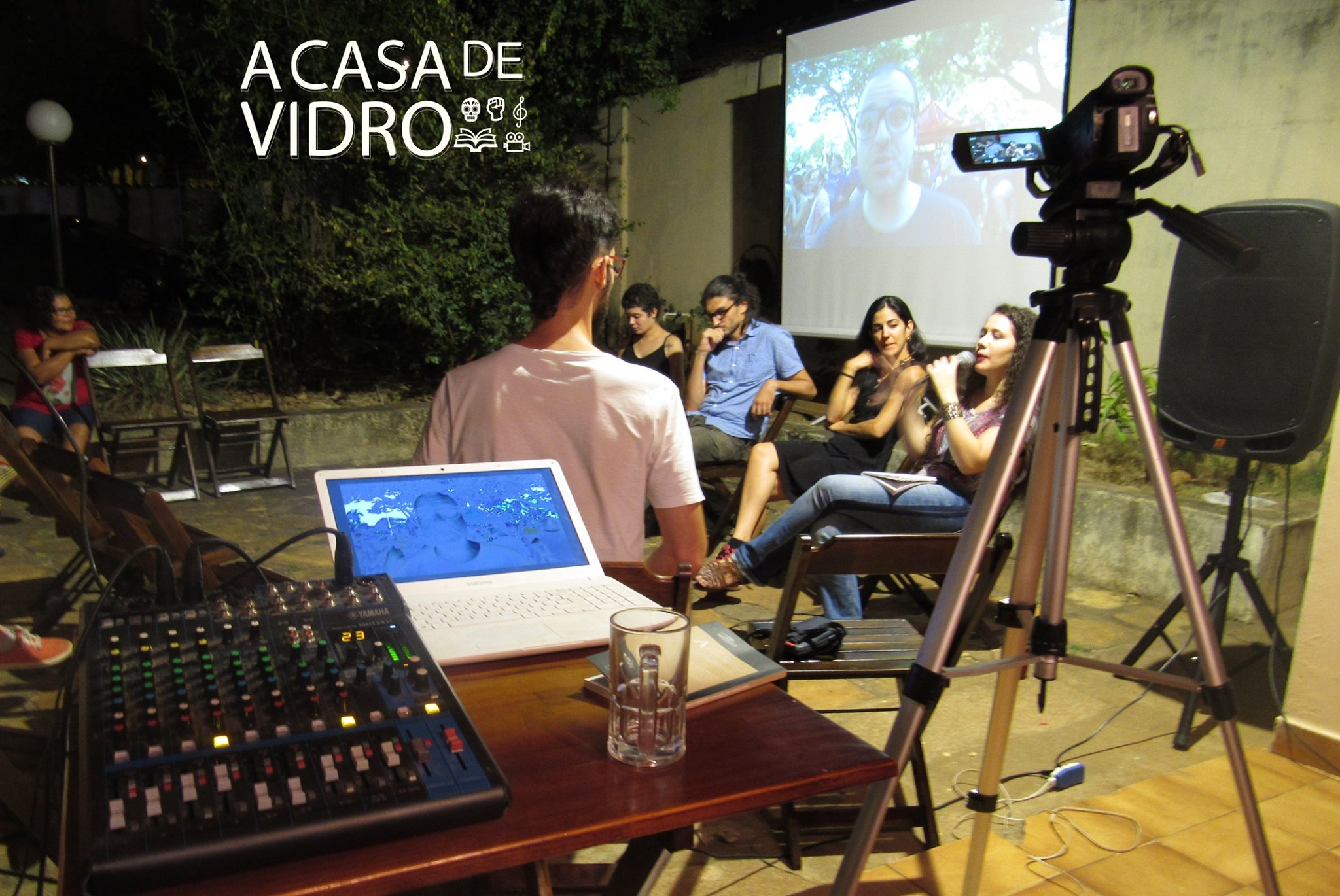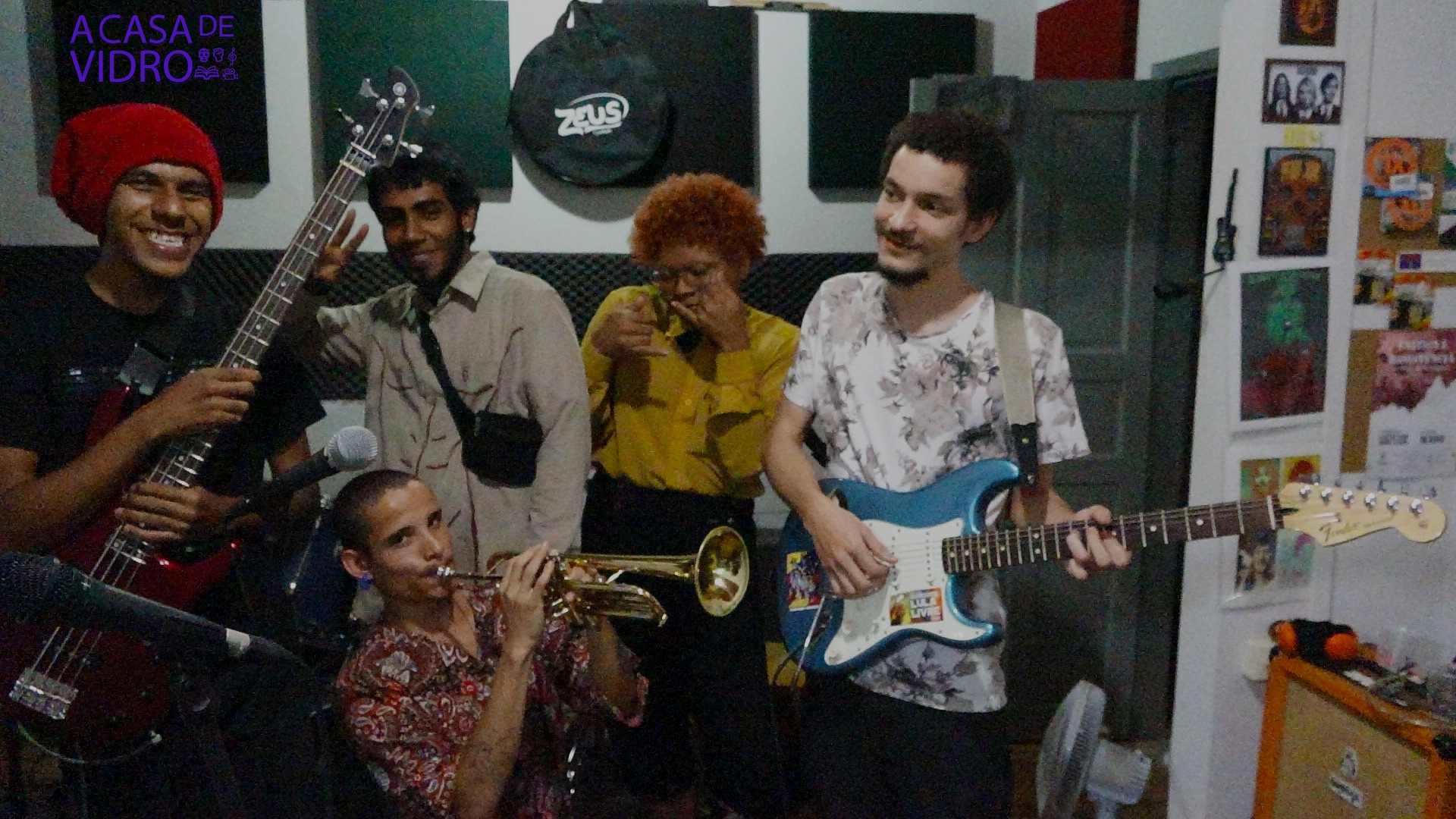
JODOROWSKY’s “THE HOLY MOUNTAIN” (1973): Psychedelic cinema dares an onslaught of heresies
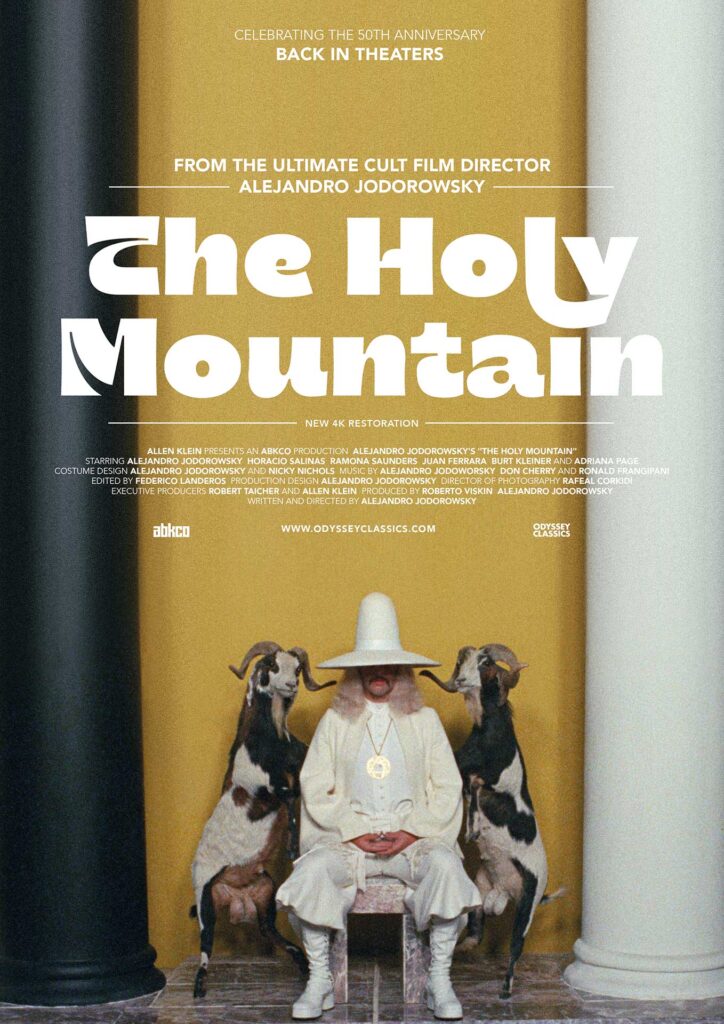
To watch Alejandro Jodorowsky‘s The Holy Mountain, in its 4K restoration, splashed over the big silver screen of Amsterdam’s LAB111, made me realize how appropriate are these words “mystical magnum opus” used to define it.
But we have to further qualify the term mystical, stripping it of interpretations grounded on superstition, to reach the core of this psychedelic trip proposed by the Chilean cult filmmaker. This is cinema as an invitation to a psychonautic trip – not recommended for squares.
The tripness is obvious even for those viewers who, unlike myself, watch it without any psycho-active substances acting in their minds. I would reccomend a combo: The Holy Mountain requires, for full appreciation, the cosmonaut’s willingness to trip in his mind, thus please do yourselves a favour and savour it with cannabis, hash, LSD, magic mushrooms or something similar.

I’m resisting the temptation to call it a surrealist film, once again and almost sounding like a cliché-vomiting machine pretending to be a movie-critic. The term surrealist cinema is the most obvious choice to describe Jodorowsky’s aesthetic practices, and it’s obvious he shares a lot with surrealists like Buñuel, Dalí or Lynch. But I’m proposing that psychedelic cinema might be a more fitting term. This film seems to have been made to be experienced as a psychedelic trip with Jodorowsky himself acting as the shaman, or the zen master, or the alchemist… Ultimately he appears as a devilish prankster. And a master of irony.

This is art in the spirit, the vibe and the vein of Ken Kesey’s Merry Pranksters. The film is highly controversial also because of its “trippiness”, its invitation to audiences: please rave with these images, go with these flow of oddness, treat it as an initiatic journey…
A hint of its historical relevance: The Holy Mountain “caused fierce controversy at the 1973 Cannes Film Festival for its sacrilegious imagery and raw existential symbolism”.

“In this mystical masterpiece, Jodorowsky himself plays the role of The Alchemist, a guru who guides a group of pilgrims, each representing a planet in the solar system, on a magical quest to Lotus Island where they must climb the Sacred Mountain in search of spiritual enlightenment.
With The Holy Mountain, Jodorowsky took his psychedelic, allegorical mastery to a new level. Grotesque, transgressive and hypnotic, this classic, created with the help of John Lennon and Yoko Ono, remains a mind-expanding excursion into the meaning of earthly wealth and immortality and continues to serve as a counter-culture influence on artists as diverse as Peter Gabrie , Erykah Badu and Marina Abramovic, but also on filmmakers such as David Lynch and Nicolas Winding Refn.
Using the original 35mm negative, this 4K restoration was restored to its original aspect ratio, with enhanced original surround-sound audio, and was created under Jodorowsky’s own supervision to celebrate the 50th anniversary and final presentation of his legendary magnum opus.” (LAB111, OP CIT.)
The way this film ends is the true reason it’s a masterpiece of enlightnement. The Holy Mountain is not selling us the crappy faith, nor aims to produce further alienations in the believing, credulous mind. It ends up crashing the whole filmic apparatus, in one of those rare occasions in which cinema dares to self-destroy.
It’s a brilliant ending because it throws stones at the glassy walls of faith and superstition, while destroying also the cinematic illusion. It also crashes the illusion of imortality and the presumption of “truth” that audiences often ascribe to art. We are returned into the fate of mortals, lost-and-found inside a reality which doesn’t contain 9 immortal demi-gods on top of Mount Olympus or Lotus or Zulu or you-name-it. The Holy, Magic Mountain is a crappy creed, and let’s crash down to hell or Kingdom come these faiths – let’s get down from the mountain of presumptions dressed up as absolute truth. We are neither immortal not god-made.
Immortality exits, but cinema also self-decomposes. Cinema’d powers of absortion crash – and in the audience, laughter explodes. Crashing seas of applause. Jodorowsky has suceeded in being shaman and guru, prankster and poet, and this film stands as one of the greatest psychedelic trips ever filmed.
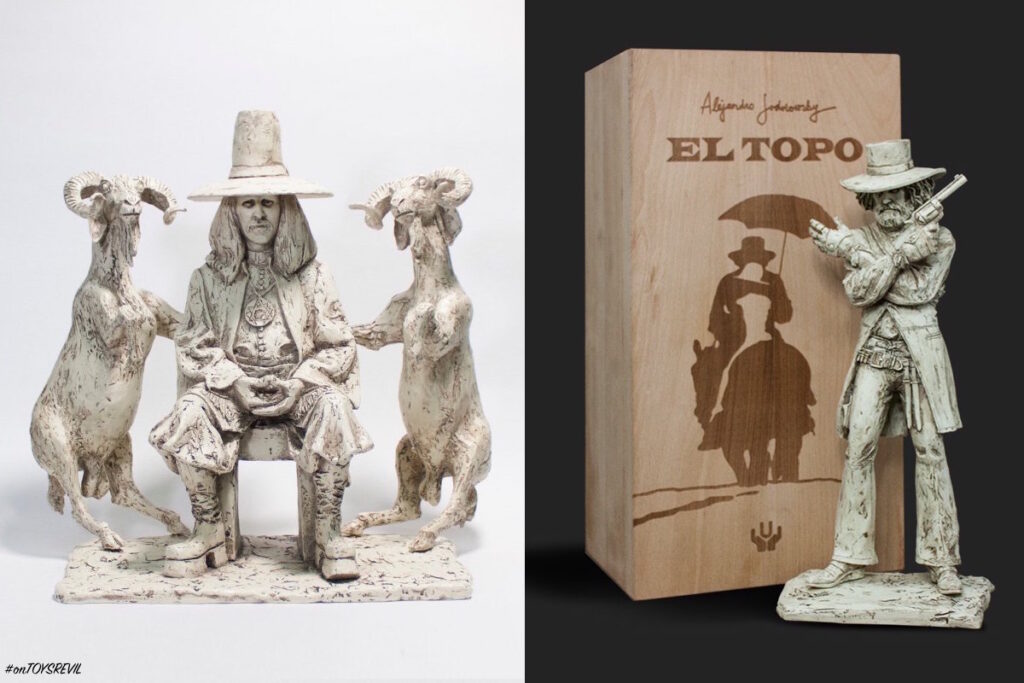
Jodorowski’s films can be disturbing, some times impossible to regard without revulsion. But no one can deny he’s quite an inventive dude. He surprises us with un-expected events – like birds flying out of humans with gunshot wounds. His films come with loads of a very acid critique.
One of the funniest segments deals with the future war against Peru – and how kids in Chile are conditioned to hate “The Peruavian Monster”.
Te film is also quite harshly a manifesto against the industry of armaments and fireguns, both the real ones that vomit massdeath all aroung us, and the toys that serve as their ersatz for kids. Judaism, Islamism and Christianism are shown in connection with different weapons they insist in using to inflict violent death upon people of others sects, other faiths, other colours of skins or country of birth.
Eduardo Carli de Moraes
Amsterdam, The Nederlands, 2024
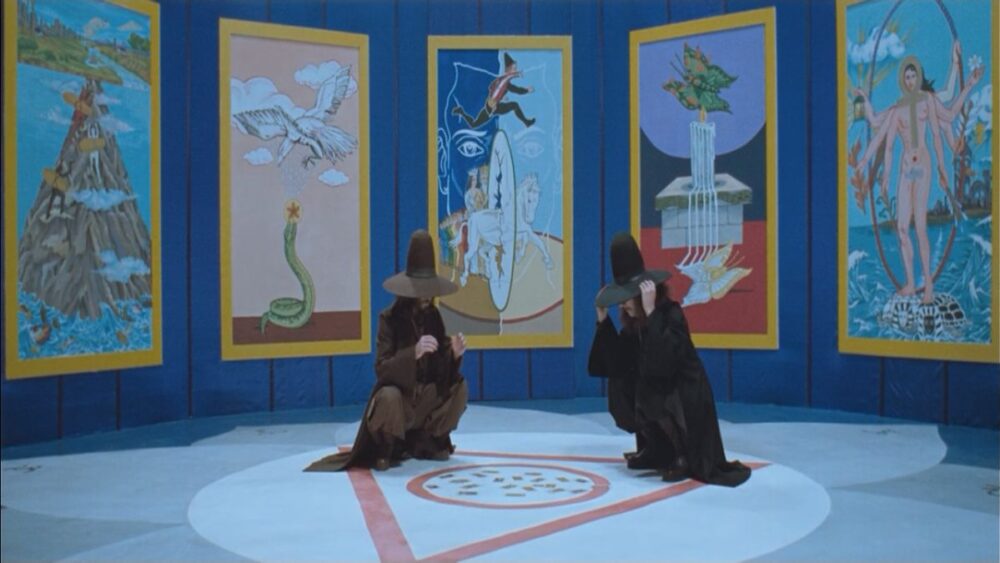
LINKOGRAFIA / REFERÊNCIAS DAS FONTES
https://www.lab111.nl/movie/the-holy-mountain-4k-restoration/
Publicado em: 27/05/24
De autoria: Eduardo Carli de Moraes

